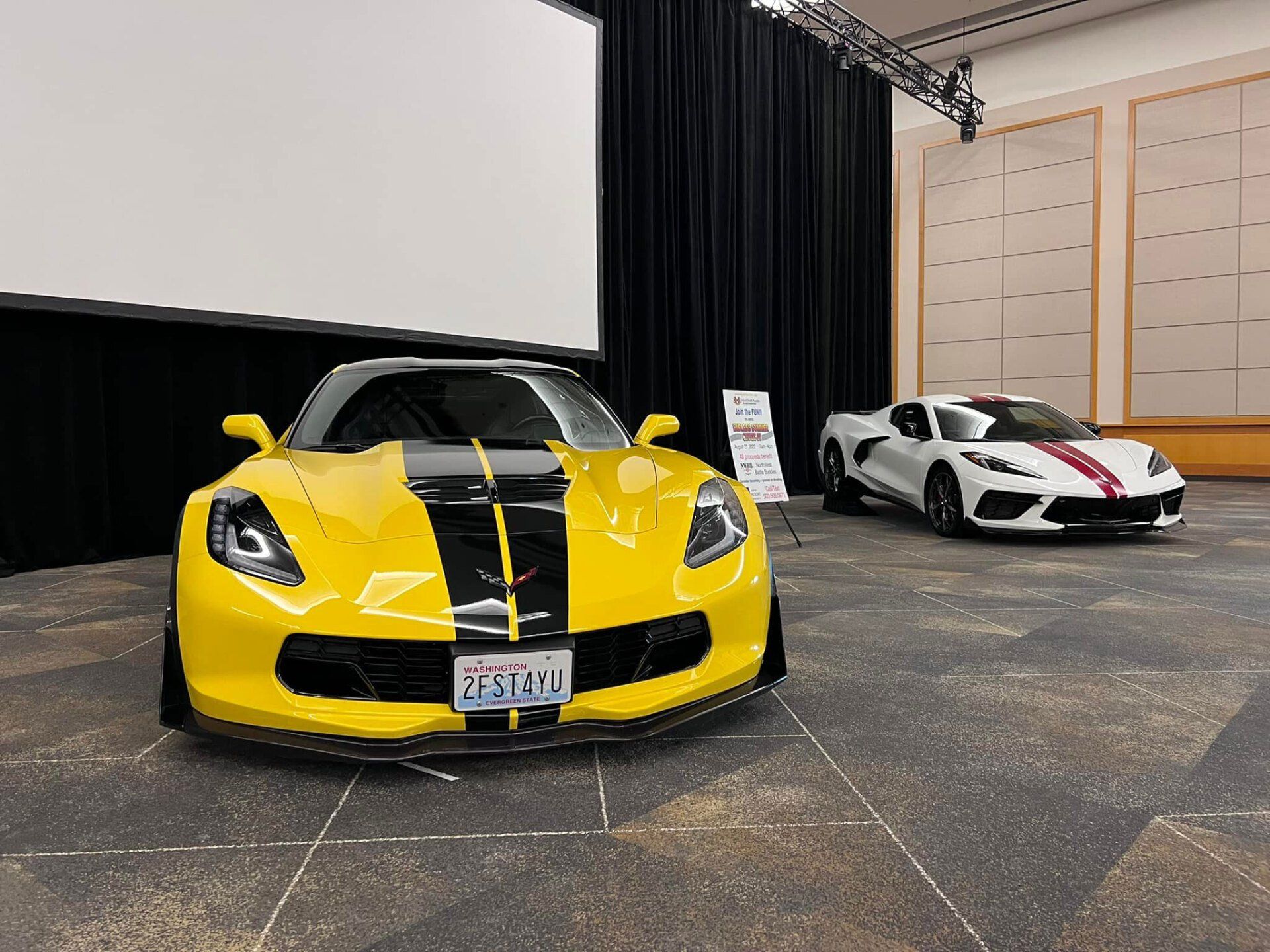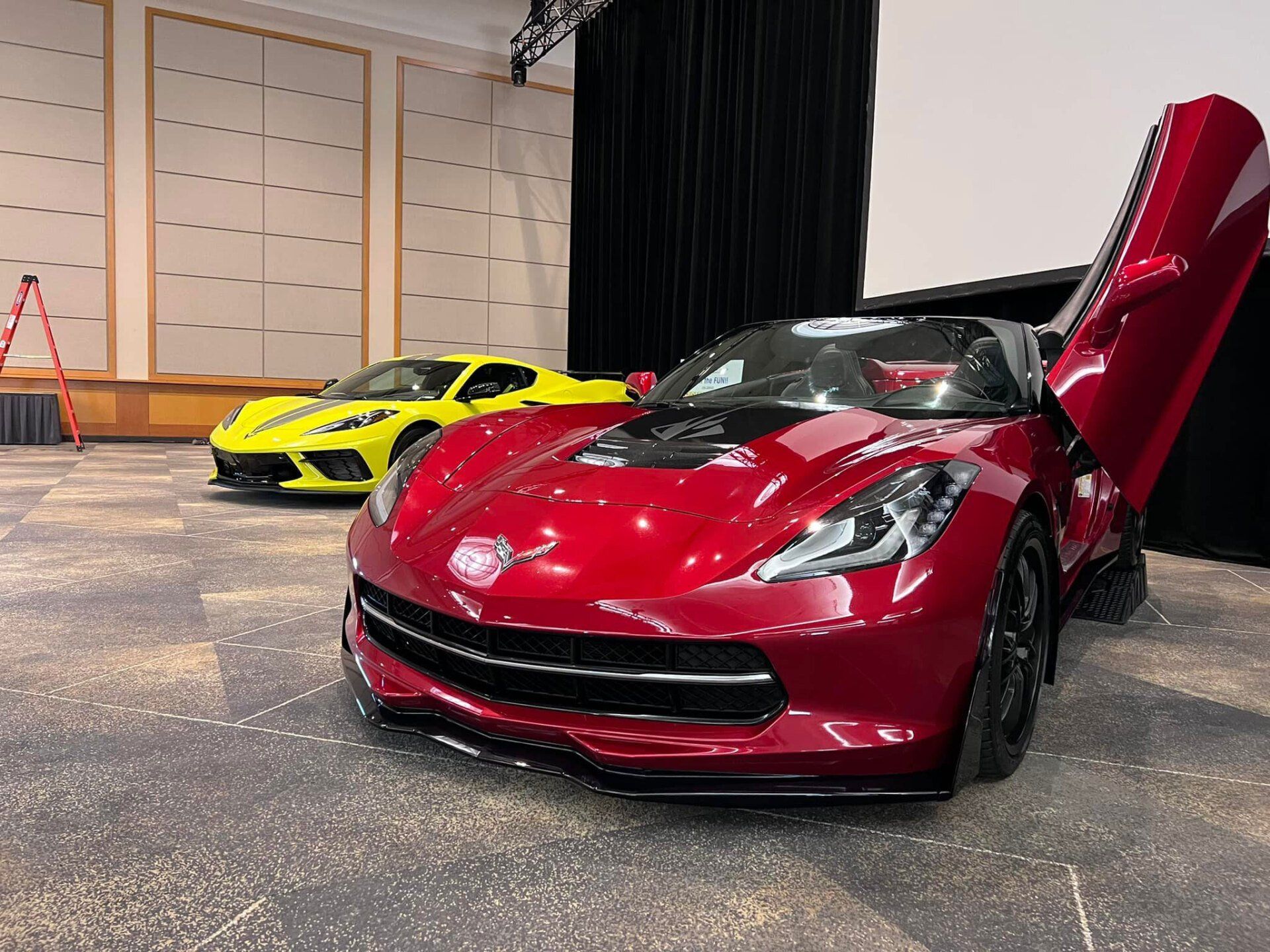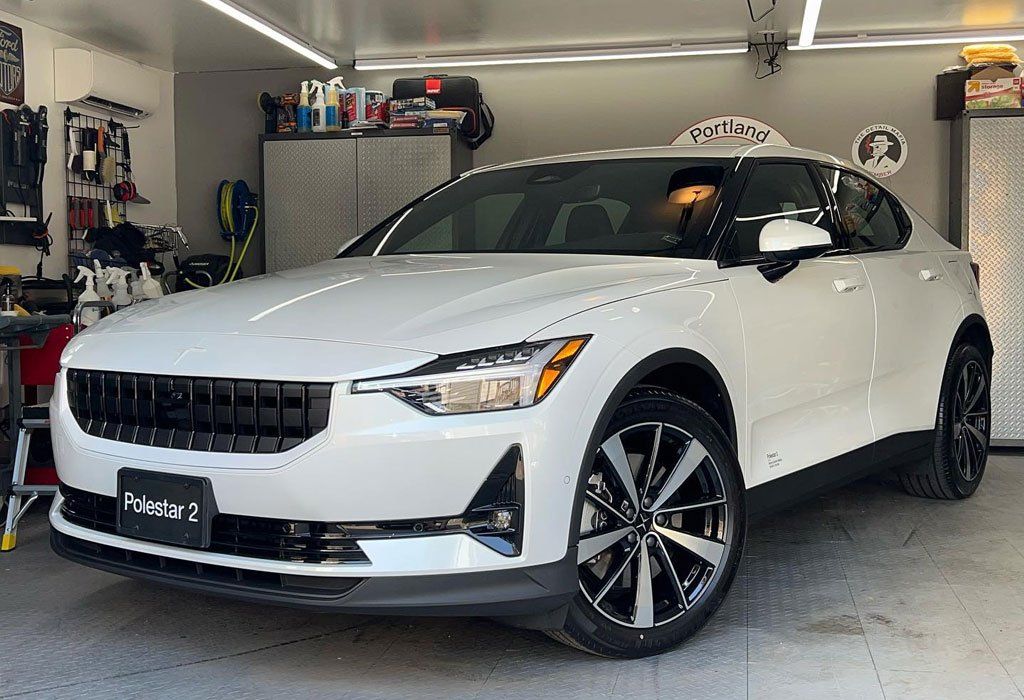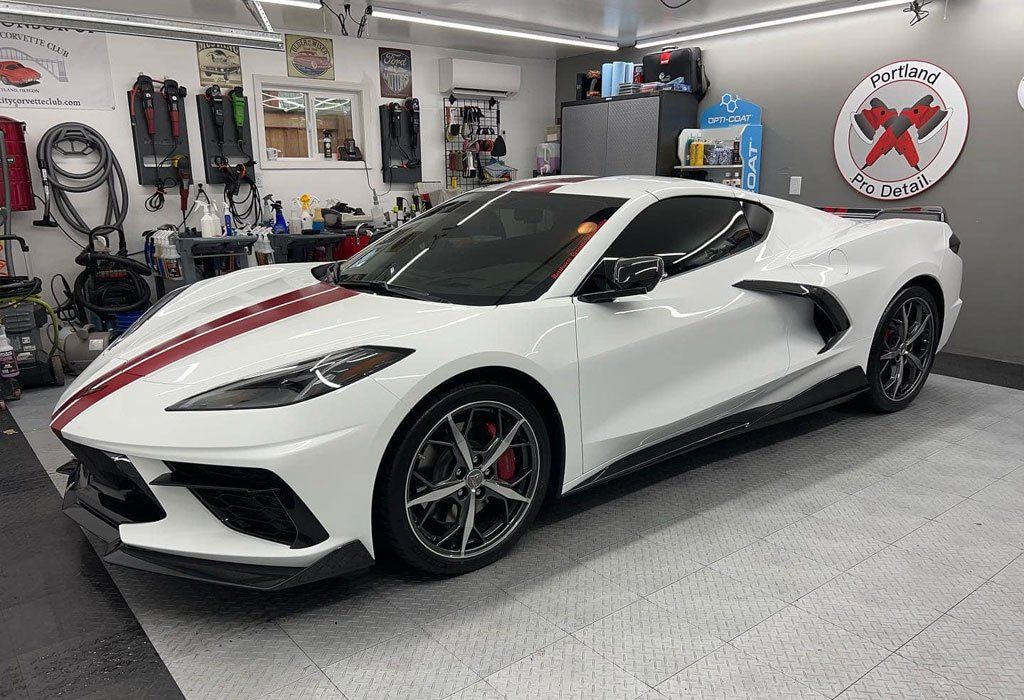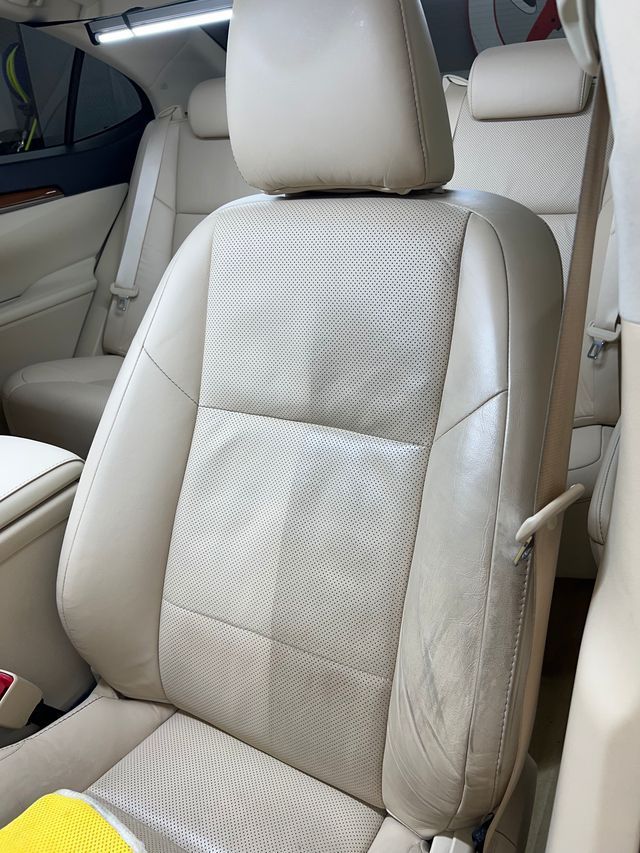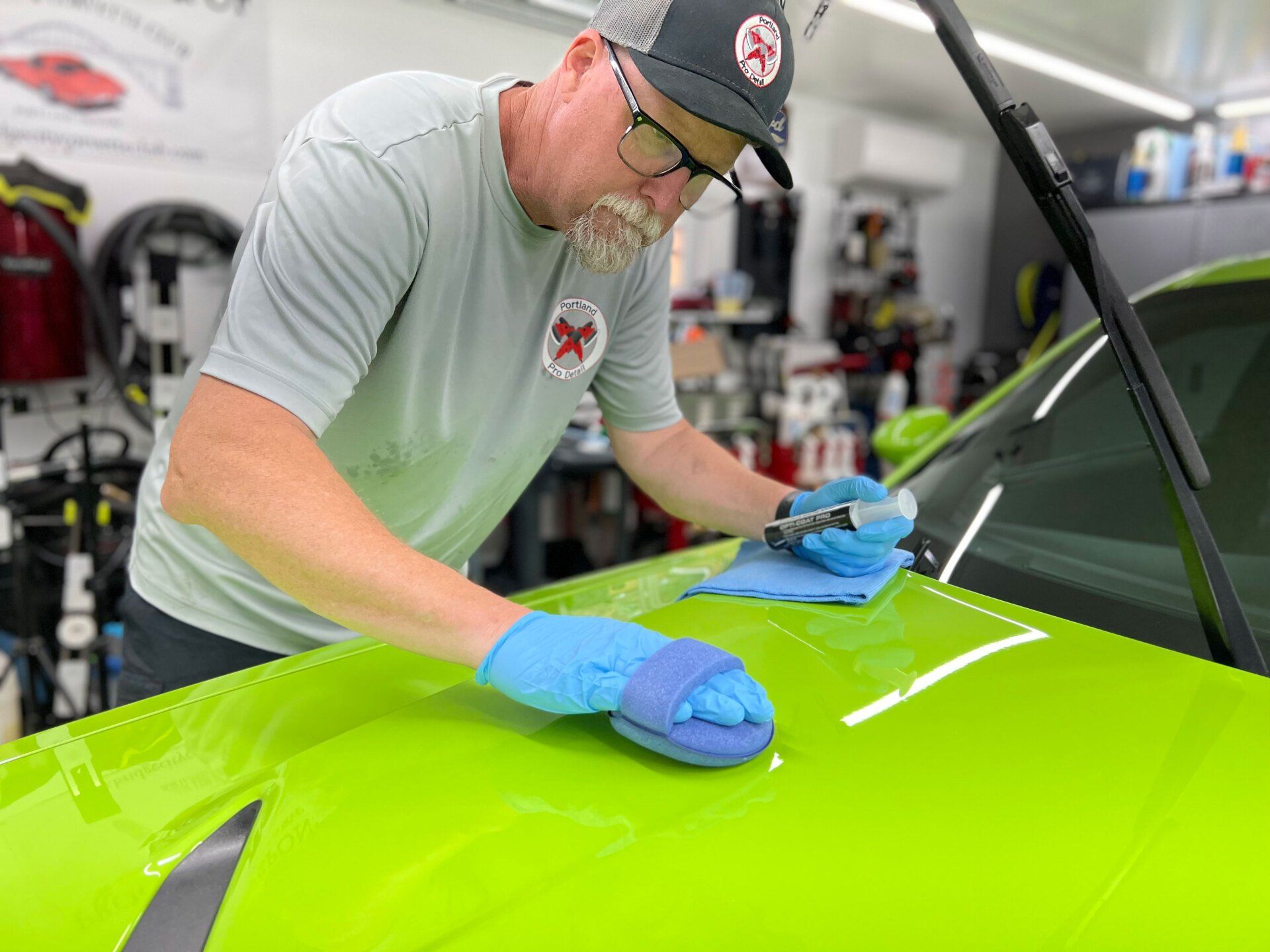PPF Aftercare: Common Mistakes That Shorten Its Lifespan
CALL (503) 444-7415
When you invest in paint protection film (PPF) for your vehicle, you're making a smart choice to keep your car looking great and shield it from daily wear and tear. However, many car owners overlook the importance of aftercare, which can lead to mistakes that significantly shorten the film's lifespan. It's easy to think that once PPF is installed, the hard work is done, but maintaining it requires consistent effort and awareness. In this article, we'll explore common pitfalls in PPF aftercare, ensuring you're equipped with the knowledge to protect your investment and enjoy a beautiful finish for years to come.
Understanding Common PPF Aftercare Mistakes
One of the most significant missteps is using automatic car washes. While these may seem convenient, they can lead to considerable damage. Many automatic wash facilities employ abrasive brushes designed for traditional paint finishes that are far too harsh on PPF surfaces. Handwashing with proper techniques minimizes these risks and allows for greater care and attention to detail. Although automatic washes may save time, they're simply not friendly to your protective film.
Another critical mistake involves using harsh chemicals. Many cleaning products contain ingredients like bleach or ammonia, which can severely compromise the adhesive properties of the film. These aggressive agents can cause the PPF to begin peeling within months. Avoiding these substances is essential—instead, choose mild, pH-balanced soaps specifically formulated for automotive care to keep your PPF intact. Regular inspections are equally important yet frequently neglected. Small tears or discoloration might seem inconsequential at first glance, but over time they can manifest into severe deterioration if left unchecked. Making it a habit to routinely assess your PPF can save you both time and money, allowing you to catch problems before they spiral out of control.
Proper Washing and Drying Techniques
Proper washing and drying can make all the difference in extending the life of your paint protection film. When it comes to maintaining the integrity of your car's protective layer, choosing the right washing method is crucial.
- Hand Washing vs. Automatic Car Washes: Hand washing is always preferred over automatic car washes due to the personalized attention it provides. When you wash your car by hand, you have complete control over each step of the process. You can select your own pH-neutral soap, use a soft sponge or microfiber mitt, and take the time to ensure every inch of your vehicle is clean without risking scratches. In contrast, automatic car washes rely on brushes that might carry debris from previous cars, leading to scratches on your paint.
- Drying Your Vehicle: Once you've finished washing your vehicle, how you dry it is equally vital. Always use clean, soft microfiber towels for drying—the delicate fibers significantly reduce the risk of scratching while efficiently absorbing moisture. While allowing your freshly washed car to air dry might seem appealing and effortless, it can lead to unsightly water spots that mar the finish. Instead, opt for a gentle patting technique with microfiber towels to achieve a spotless shine. Another excellent option is using a blower designed specifically for cars. These leave no microfiber traces behind and ensure everything dries thoroughly, keeping your PPF as pristine as possible.
- Choosing the Right Soap: Opting for pH-neutral soaps is an essential part of PPF care. Harsh detergents or alkaline-based soaps can degrade the film over time, negating its intended protective qualities. By sticking to gentle, pH-balanced cleaning solutions specifically formulated for automotive needs, you maximize the lifespan of your PPF while ensuring a clean surface.
Avoiding Harsh Chemicals
The wrong cleaning agents can wreak havoc on your paint protection film, leading to discoloration, peeling, or even complete degradation. As tempting as it might be to reach for a familiar household cleaner often loaded with harsh chemicals, it's a decision that can prove costly. Understanding which chemicals to avoid is vital for maintaining your PPF. Strong solvents such as acetone or bleach may seem like effective degreasers, but they can dissolve the adhesive that holds the film in place. Similarly, any form of abrasive cleaner, including scouring pads or rough sponges, can scratch the surface of the PPF, creating micro-abrasions that diminish its clarity and allow contaminants to penetrate more deeply. When selecting cleaning products, always opt for pH-balanced cleaners specifically formulated for automotive care. These products are designed not only to clean effectively but also to protect sensitive surfaces like PPF from degradation. Using them regularly can significantly extend the lifespan of your protective film. If you're trying a new cleaning product, always conduct a small test on an inconspicuous area first. This prudent step can save you from hostile reactions between certain chemicals and your PPF, potentially preventing unexpected damage and costly repairs down the line.
How to Handle Peeling and Bubbling
One of the earliest signs of PPF failure is often unnoticed bubbles or stubborn peels. These imperfections are not merely cosmetic—they can lead to more serious issues if ignored. The key to keeping your PPF in great shape is addressing these problems immediately.
- Identifying the Problem: When inspecting your vehicle, look for small bubbles or areas of lifting film. If you catch these early, you can usually prevent further damage. Think of them as warning signs; if you notice them early on, there's a good chance you can fix them before they escalate into larger issues, such as complete film failure or discoloration.
- Minor Repairs: Many minor peeling and bubbling problems can be addressed with careful attention. Gently warming the affected area can help reactivate the adhesive underneath, making it tacky again and ready to stick. Use a soft cloth to press the film back down firmly, working out any trapped air bubbles by pushing from the center outwards. Take your time here; the goal is to achieve a good seal without creating new bubbles in the process.
- When to Seek Professional Help: However, it's important to recognize when a problem is too significant for at-home fixes. If you see larger areas of peeling or multiple bubbles forming across wide sections of film, consulting a professional PPF installer is advised. They have the experience and tools necessary for proper repair without potentially exacerbating the situation. Their expertise can save you money in the long run by ensuring you don't inadvertently cause more extensive damage.
The Dangers of Ignoring Damage
Ignoring even the tiniest scratches or tears in your paint protection film might seem harmless at first, but this oversight can spiral into major issues. A small imperfection serves as an entry point for dirt and moisture that can infiltrate deeper layers of the film. This type of progressive deterioration can eventually lead to peeling, where sections of the film begin to lift away from the paint beneath. When minor damage goes untreated, it not only compromises the visual appeal of your vehicle but also its protective capabilities. A small tear or crack can grow and lead to extensive surface blotches or areas where the film completely disintegrates. This results in exposure of your car's paint and heightened vulnerability to stains and scratches. The financial implications of neglecting PPF damage are also significant. Repairing a single tear early is far less expensive than replacing an entire film later on. While it may seem tedious to regularly inspect your car or invest in small repairs initially, doing so is akin to preventative maintenance—you're preserving both aesthetics and performance while sidestepping hefty replacement charges down the line.
Enhancing Longevity with Routine Care
To fully maximize the lifespan of your PPF, consistent routine care is essential. Establishing a regular cleaning schedule that includes thorough washing using pH-neutral products can prevent grime and contaminants from diminishing both appearance and protective qualities. Ideally, wash your vehicle every one to two weeks. Regular washing helps remove contaminants that can degrade the film over time. Experience shows that using the right products makes all the difference—they're designed not only to clean but also to maintain the integrity of PPF. Regular inspections are equally vital, as they allow you to catch issues early. It's best practice to visually inspect your PPF whenever you wash your vehicle. Take a moment to look for signs of wear and tear, especially around the edges where peeling or cracking can begin unnoticed. Watch for potential problems like yellowing due to prolonged sun exposure or areas revealing their underlying paint because of peeling edges—both indicators signaling that maintenance or replacement may be needed. Additionally, monitor the film's clarity; if it begins to appear cloudy rather than clear, it may indicate the need for a professional consultation to assess its condition.
Choosing the Right Cleaning Products
When it comes to maintaining paint protection film, selecting the right cleaning products can make all the difference. It's essential to choose solutions specifically designed for PPF care. These products are formulated to be gentle yet highly effective, understanding the delicate nature of PPF while maintaining its clarity and integrity. Many conventional cleaning agents available at local stores contain harsh chemicals or abrasives that can degrade the film's surface or cause discoloration over time. By opting for PPF-safe options, you're investing in the longevity and appearance of your protective film. Avoid the temptation to use homemade cleaning mixtures. While they might seem cost-effective, DIY concoctions could contain ingredients that are too abrasive or unsuitable, ultimately leading to more harm than good for your film. Using the wrong cleaner—such as certain dish soaps or all-purpose sprays—can leave behind unsightly marks or dullness on cars protected by PPF.
Making informed decisions about PPF aftercare is key to extending the lifespan of your Paint Protection Film. By avoiding common mistakes like using harsh chemicals and automatic car washes, implementing proper washing and drying techniques, conducting regular inspections, and addressing minor damage promptly, you'll ensure your investment continues to protect and enhance your vehicle's appearance for years to come. Remember, the small amount of time and effort you invest in proper maintenance today will pay dividends in maintaining your vehicle's appearance and value tomorrow.
Top-Tier Paint Protection Film Services in Portland, OR
Protect your vehicle’s finish from daily hazards with Portland Pro Detail’s
superior paint protection film service. Our professional-grade PPF installation provides long-lasting durability against chips, dirt, and UV exposure while maintaining a crystal-clear appearance. We take pride in our meticulous preparation and application process—each panel is thoroughly cleaned, aligned, and sealed for a perfect finish. With our dedication to customer service, you can enjoy a paint surface that stays fresh and flawless year-round.
Book your PPF appointment today and experience Portland’s trusted choice in automotive protection!

